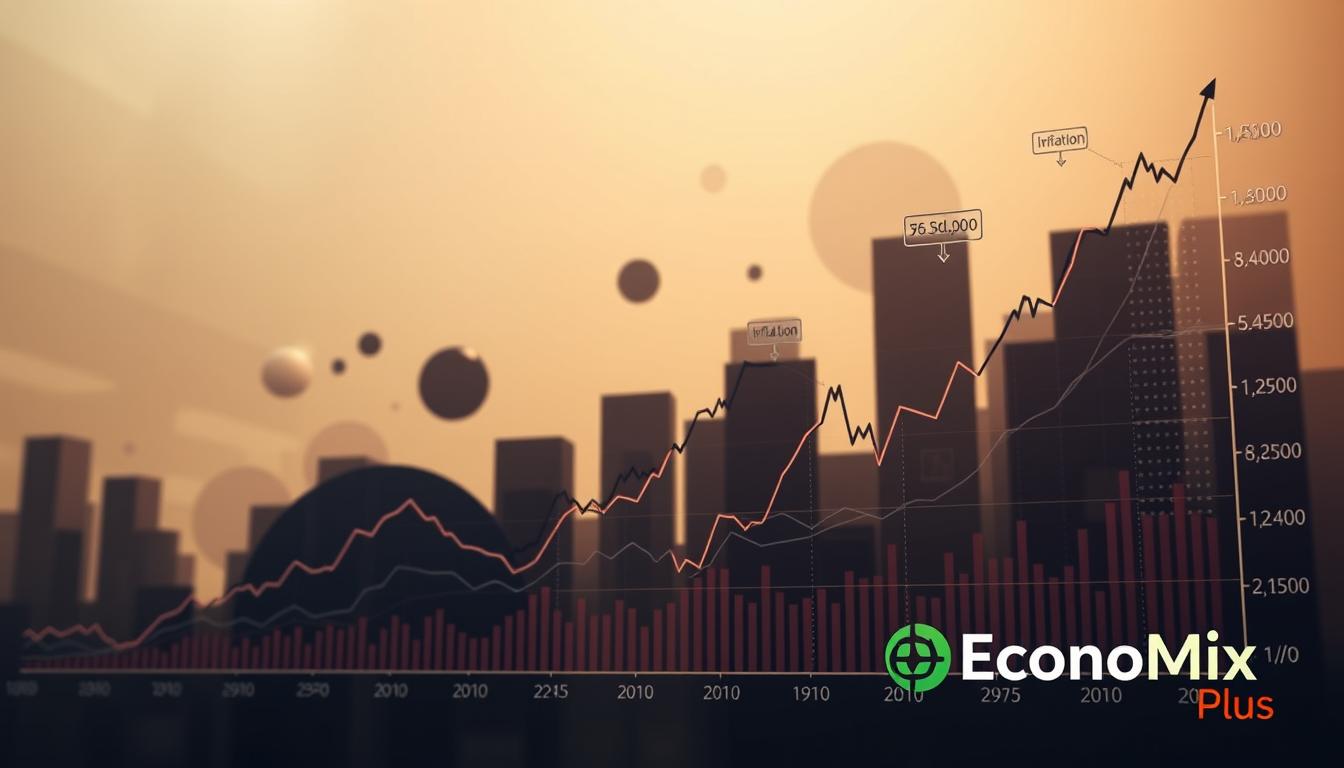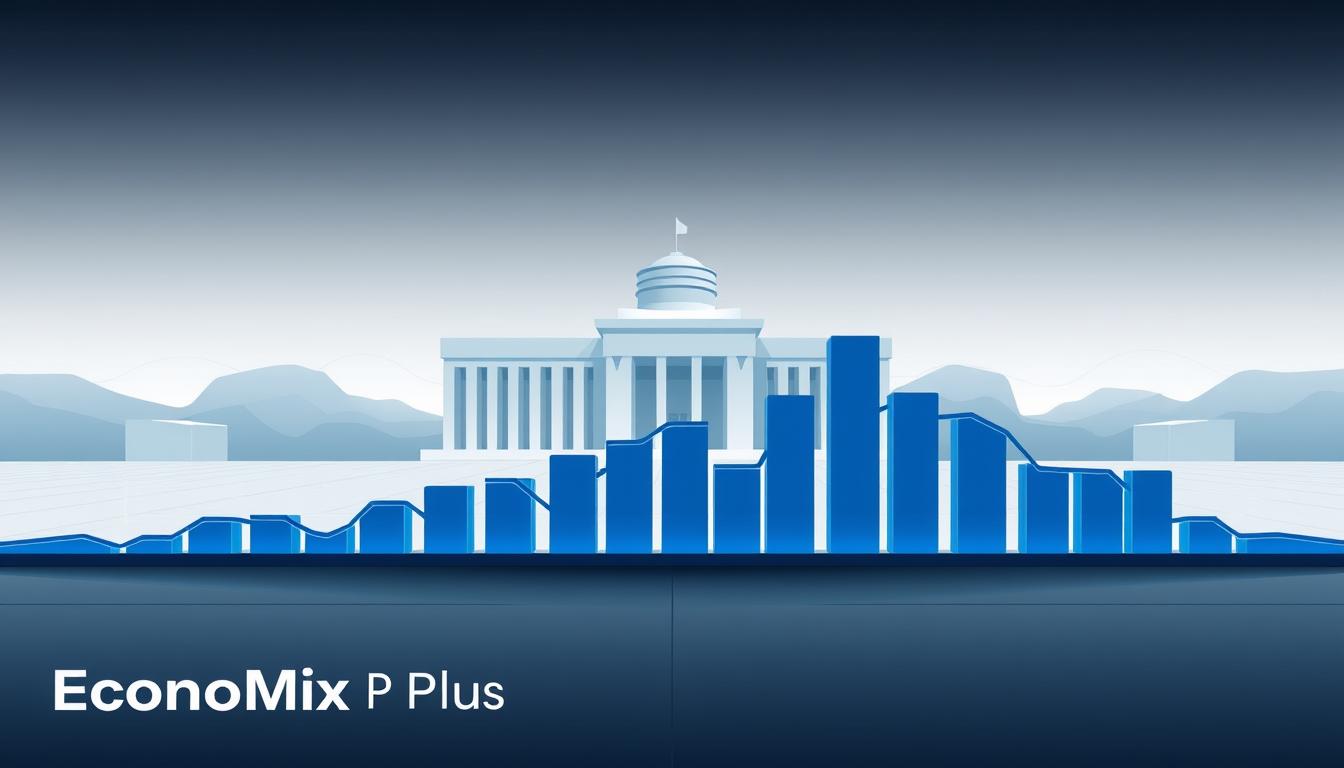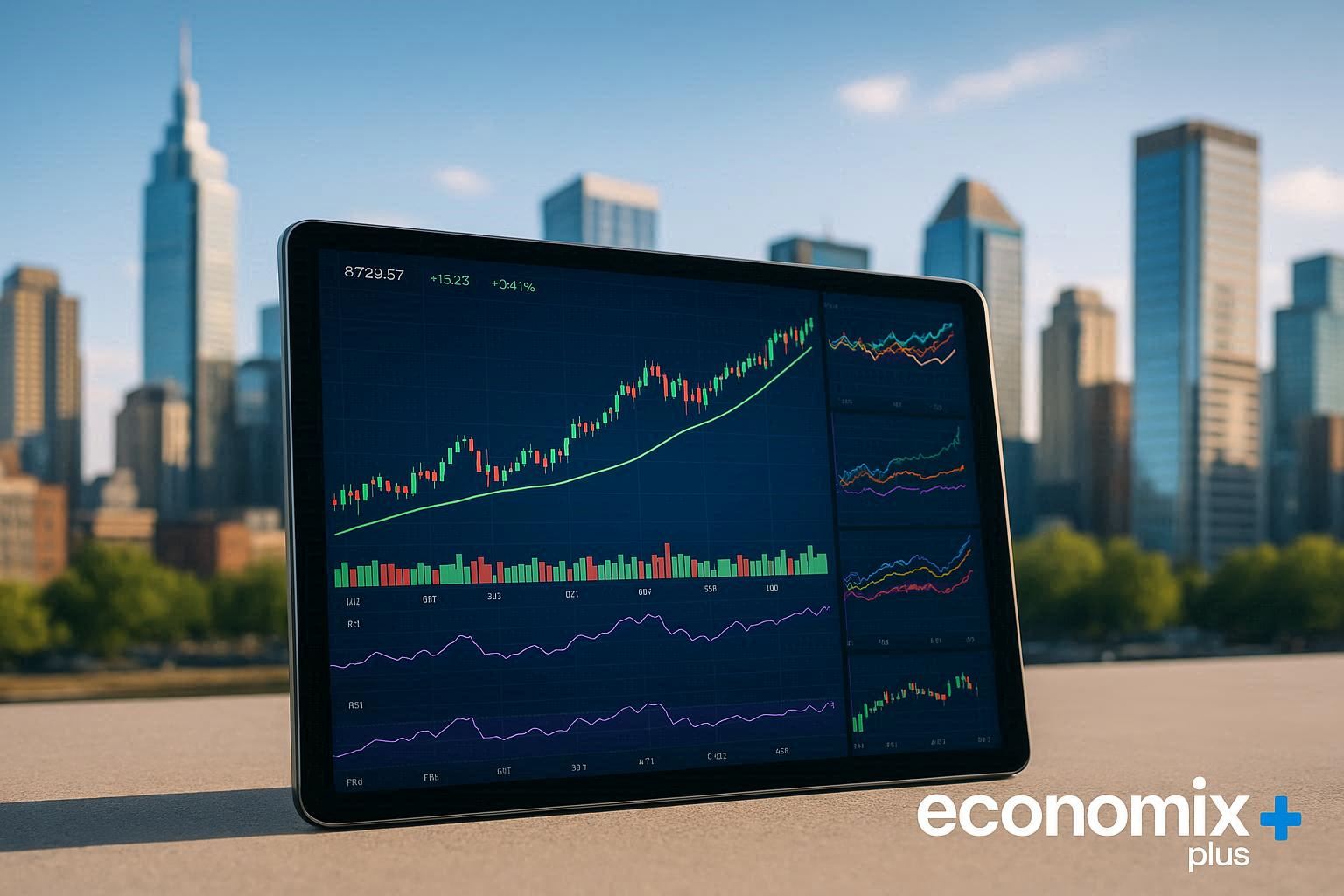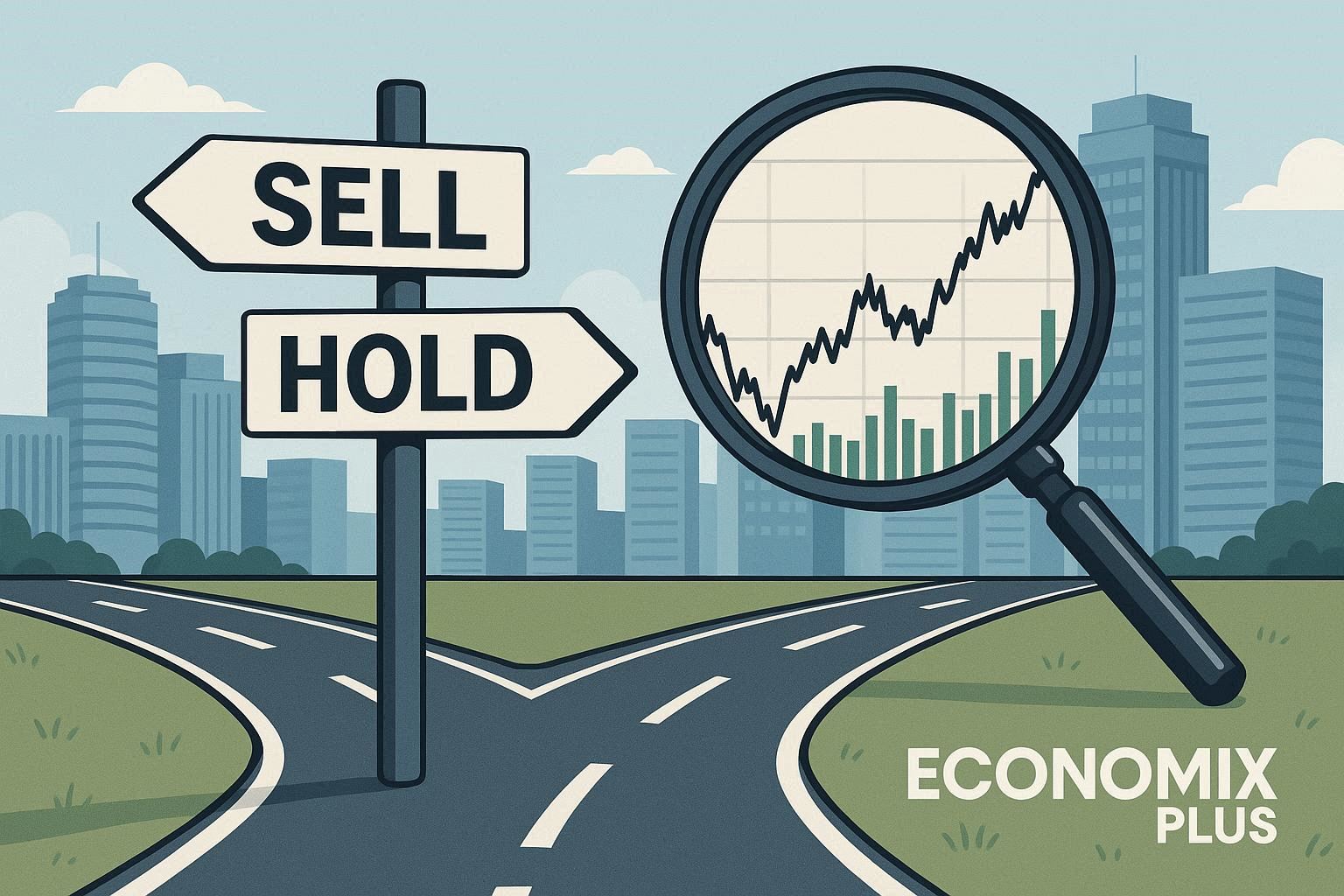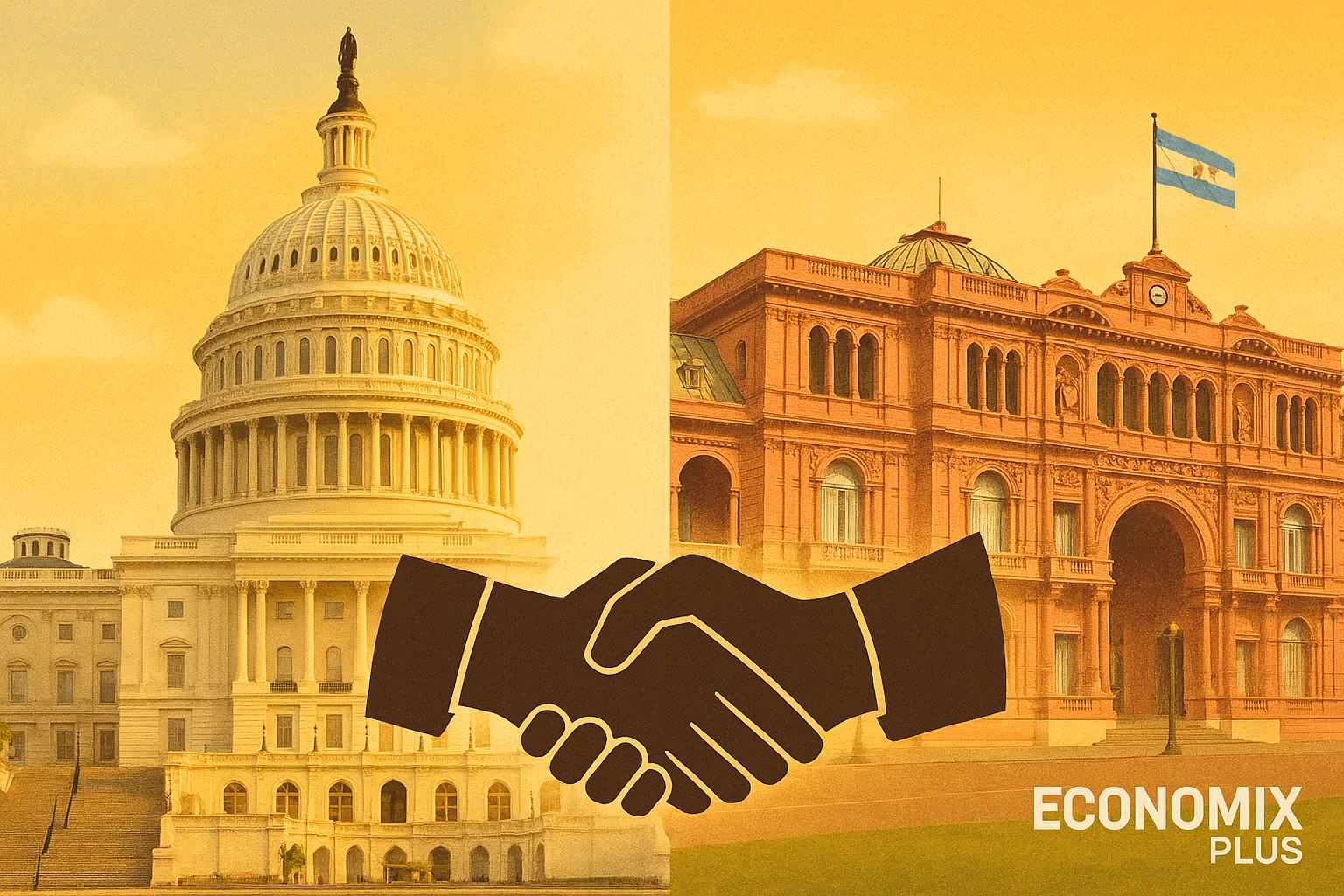In 2023, U.S. inflation added $1.2 trillion to federal revenues—yet increased spending by nearly the same amount. This paradox lies at the heart of how price surges reshape fiscal stability. When consumer costs climb, tax collections rise as wages and corporate profits grow. But budgets strain under pricier contracts, social programs, and infrastructure projects.
Higher borrowing costs complicate this balance. The Federal Reserve’s monetary policy responses to inflation often lead to elevated interest rates. As rates climb, debt servicing consumes more of the national budget. John H. Cochrane’s research warns this cycle could create fiscal imbalances if growth slows.
Nominal GDP expansion offers temporary relief by inflating away existing debt burdens. However, persistent price increases risk eroding public trust in currency stability. Recent debates focus on whether current deficits signal long-term risks or short-term adjustments.
This analysis excludes traditional savings tools tied to interest rates. Instead, it explores historical patterns and policy decisions driving today’s economic landscape. From post-war recoveries to modern stimulus packages, the dance between prices and obligations remains central to fiscal health.
Key Takeaways
- Inflation temporarily boosts government revenues through higher tax collections
- Rising prices increase public spending on goods, services, and labor
- Elevated borrowing costs strain budgets as interest rates climb
- Fiscal policy debates center on balancing short-term gains with long-term risks
- Analysis excludes interest-based savings products to focus on macroeconomic factors
- Historical trends show inflation’s dual role as both relief and risk for debt management
Introduction to Inflation and Government Debt
Price surges reshape government budgets through dual revenue and expenditure channels. Inflation measures how quickly consumer costs rise, typically tracked through indexes like the CPI. National debt represents accumulated borrowing from bonds and securities, growing when spending exceeds tax income.

Sustained price increases create fiscal paradoxes. Higher wages and corporate profits boost tax revenues temporarily. Yet agencies face steeper bills for contracts, healthcare, and public sector salaries. The Congressional Budget Office notes a 9% revenue jump during 2022’s inflationary spike—offset by 11% spending growth.
Elevated inflation links directly to nominal GDP expansion. As dollar-denominated economic output rises, existing debt becomes smaller relative to overall output. This dynamic eased debt ratios post-World War II but carries risks if price hikes outpace wage growth.
Fiscal deficits emerge when governments persistently spend beyond income. Recent stimulus packages and social programs widened gaps, requiring increased borrowing. The Peterson Foundation estimates every 1% inflation uptick adds $30 billion annually to interest costs at current debt levels.
This analysis combines OECD data with insights from economists like Jason Furman. It explores whether inflationary periods offer temporary relief or plant seeds for future instability. Subsequent sections will examine historical patterns and modern policy challenges.
Trend Analysis of Inflation’s Impact on Fiscal Health
The U.S. economy’s current trajectory highlights inflation’s dual-edged impact on public finances. Recent data shows consumer prices rose 4.9% year-over-year in 2023, creating ripple effects across federal budgets. While tax revenues climbed $300 billion due to wage growth, mandatory spending programs faced $420 billion in additional costs for healthcare and infrastructure.

Recent US Inflation Trends and Fiscal Data
Three critical patterns emerged from 2021-2023 price surges:
- Social Security adjustments consumed 6% more of the budget due to cost-of-living increases
- Interest payments on Treasury securities jumped 35% as rates climbed
- Corporate tax receipts grew 18% despite slowing economic activity
The Federal Reserve’s monetary policy shifts proved pivotal. Officials raised benchmark rates from 0.25% to 5.50% within 18 months – the steepest climb since the 1980s. This response stabilized inflation expectations but added $190 billion to annual debt servicing costs.
Interpreting Future Economic Signals
Market reactions now sway fiscal outcomes more than ever. Bond yields fluctuated 1.2 percentage points in 2023 as traders weighed inflation risks against growth forecasts. Consumer sentiment surveys reveal 68% of households expect persistent price hikes, influencing spending behaviors that shape economic reality.
Policymakers face complex tradeoffs. Aggressive rate cuts could reignite inflation, while maintaining higher interest rates risks slowing GDP growth below debt expansion rates. The Congressional Budget Office projects deficits shrinking to 4.5% of GDP by 2025 if inflation stabilizes – a scenario requiring precise calibration of monetary and fiscal tools.
What Is the Relationship Between Inflation and Government Debt?
Economic history reveals no consistent pattern between price surges and national obligations. During the 1970s stagflation, U.S. debt-to-GDP ratios fell despite 7% annual inflation as growth outpaced borrowing. Contrast this with 2022 – 8% inflation coincided with record $31 trillion debt loads as spending ballooned.

- Nominal GDP expansion shrinking existing debt burdens
- Interest rate spikes increasing borrowing costs
- Automatic spending increases for indexed programs
| Country | Inflation Peak | Debt/GDP Change | Key Outcome |
|---|---|---|---|
| United States (1980) | 13.5% | 31% → 26% | Volcker rate hikes stabilized prices |
| Japan (2014) | 3.7% | 230% → 234% | Deflationary pressures persisted |
| Germany (2022) | 8.7% | 69% → 67% | Energy costs drove temporary relief |
Current policy debates center on interest rate sensitivity. With 23% of U.S. debt maturing within a year, each percentage point increase adds $60 billion to annual costs. Yet inflation-indexed bonds now comprise 9% of Treasury issuance, creating built-in protection.
“High inflation only helps debtors if it’s unexpected and sustained. Modern markets price risks faster than governments can adapt.”
OECD data shows mixed results across 38 nations. Countries with independent central banks saw 1.2% lower debt growth during inflationary periods compared to those with political rate-setting. This highlights the critical role of institutional frameworks in managing fiscal pressures.
Key Factors Shaping Government Debt Levels
Fiscal deficits act as both symptom and catalyst in national debt equations. When governments consistently spend more than they collect, borrowing fills the gap. The U.S. deficit reached $1.7 trillion in 2023—6.3% of GDP—pushing total obligations past $34 trillion.
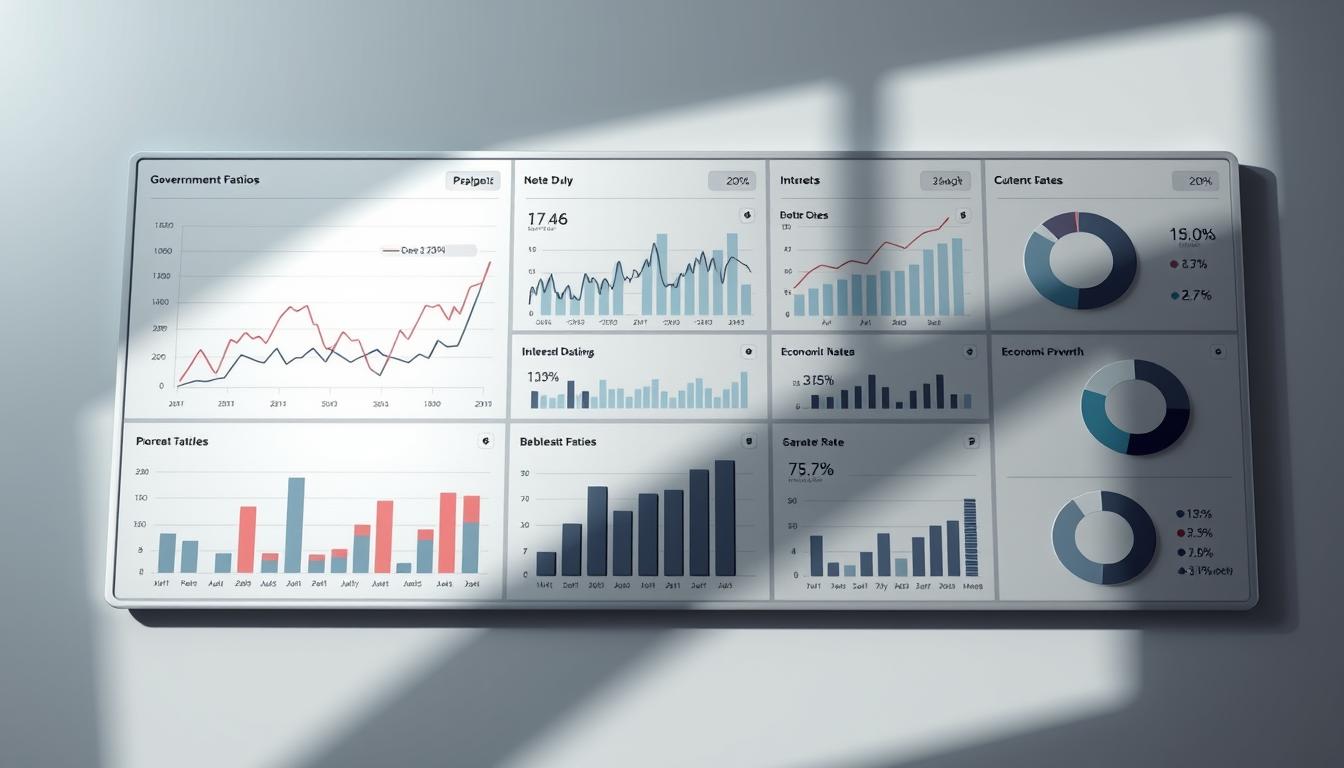
Fiscal Deficits and GDP Dynamics
Three elements determine debt sustainability:
- Revenue shortfalls exceeding 5% of GDP for consecutive years
- Economic expansion rates relative to interest costs
- Mandatory program spending locked into budgets
Strong GDP growth can shrink debt burdens without austerity. A 3% annual expansion makes existing obligations 15% smaller relative to economic output within five years. However, 2024 projections show 1.8% growth against 4.6% average borrowing costs—a dangerous inversion.
| Country | Deficit/GDP | Debt/GDP Trend |
|---|---|---|
| United States | 6.3% | Rising |
| Germany | 2.6% | Stable |
| Japan | 4.1% | Declining |
Interest rate decisions by the Federal Reserve directly impact debt trajectories. Each 0.5% rate hike adds $95 billion annually to U.S. interest costs at current debt levels. Monetary policy now works against fiscal expansion, creating complex tradeoffs for lawmakers.
“Persistent deficits during economic expansions signal structural imbalances, not cyclical fluctuations.”
Healthcare and pension programs drive 63% of mandatory spending—costs growing faster than inflation. These automatic stabilizers complicate deficit reduction efforts, requiring either revenue boosts or eligibility changes.
Policy Implications and Fiscal Trends
Central banks and legislators face critical choices as economic pressures mount. Recent monetary tightening by the Federal Reserve illustrates this balancing act – raising rates to 5.50% cooled prices but amplified borrowing costs. John H. Cochrane warns delayed responses to fiscal gaps could trigger runaway inflation, making timely adjustments essential.
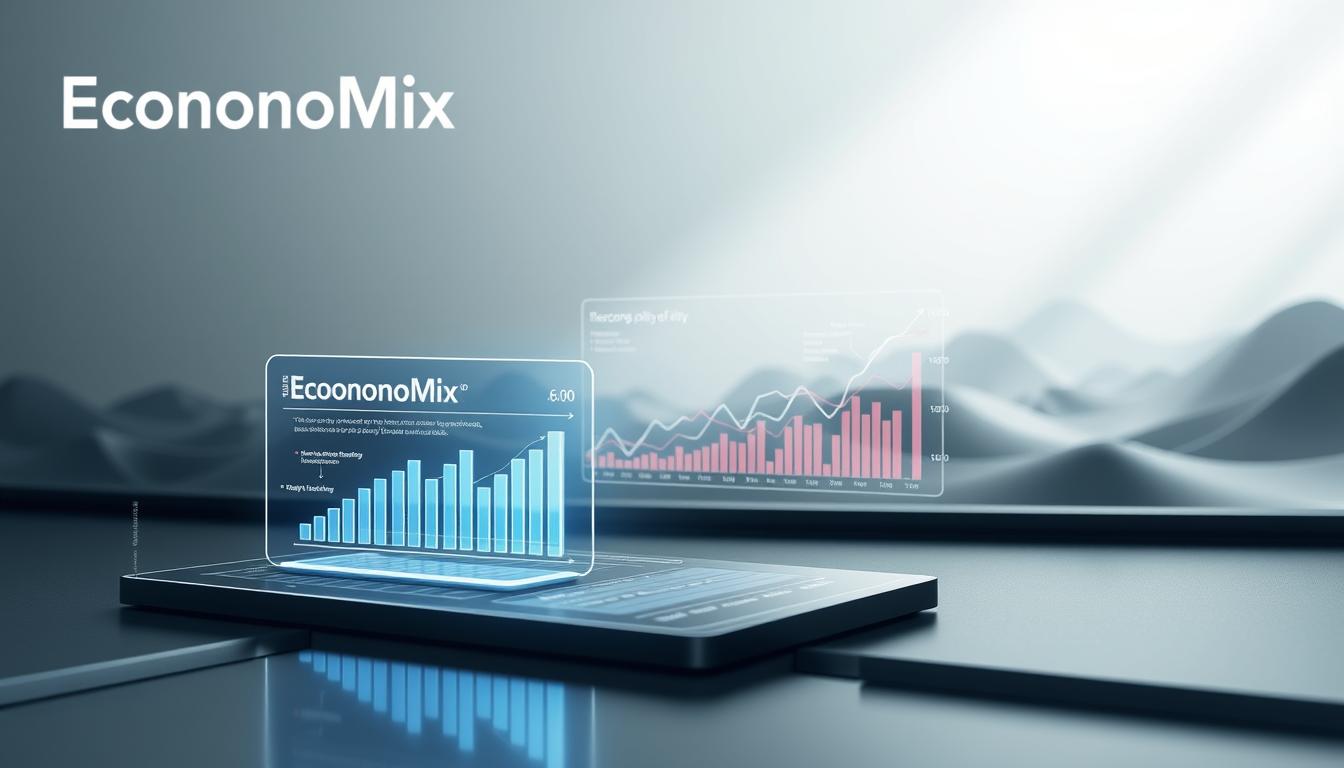
Monetary Policy Adjustments and Their Effects
Rate hikes directly impact debt servicing expenses. Each percentage point increase adds $60 billion annually to U.S. interest payments at current debt levels. While higher rates curb consumer demand, they strain budgets through costlier government spending on securities and programs.
Persistent mismatches between revenue and expenditures create compounding risks. A 1% deficit sustained over five years expands debt burdens by 8% relative to GDP. This snowball effect forces policymakers to choose between austerity measures or accelerated borrowing.
Strategies for Sustainable Government Spending
Three reforms could stabilize fiscal trajectories:
- Reallocating funds from non-essential programs to high-impact infrastructure
- Indexing entitlement growth to wage inflation rather than price indexes
- Implementing multi-year budget caps for discretionary categories
Interest rate management remains crucial. Extending debt maturities locks in lower rates, while inflation-indexed bonds hedge against future price surges. The United States recently increased Treasury security durations, reducing exposure to short-term rate fluctuations.
“Fiscal reforms must outpace market expectations to maintain credibility. Half-measures simply defer crises.”
These approaches require political consensus but offer pathways to contain debt growth. When combined with measured monetary policy, they help preserve the dollar’s value and public trust in economic stewardship.
Data-Driven Insights from Economic Outlook
Federal budget projections reveal tightening margins for fiscal maneuvering as borrowing costs climb. The Congressional Budget Office forecasts deficits exceeding $2.6 trillion by 2033 under current policies, pushing debt-to-GDP ratios above 130%. Interest rates now serve as the primary driver of these trajectories, with each percentage point increase adding $80 billion annually to government obligations.
Analysis of Federal Budget Impacts
Three scenarios illustrate potential fiscal pathways:
| Scenario | Avg Interest Rate | 2033 Debt/GDP |
|---|---|---|
| Moderate Rates | 3.8% | 118% |
| Current Projections | 4.6% | 130% |
| High Rate Shock | 5.9% | 147% |
The recent Yale analysis shows prolonged high rates could consume 35% of tax revenues for debt servicing by 2030. Mandatory programs like Social Security account for 62% of automatic spending growth, complicating deficit reduction efforts.
Interpreting Outlook Reports and Projections
Economic models incorporate 78 variables, from demographic shifts to energy prices. Key uncertainties include:
- Wage growth lagging behind inflation targets
- Unpredictable healthcare cost escalations
- Global demand for Treasury securities
While baseline projections assume 2.4% annual GDP growth, sensitivity analyses show 0.5% slower expansion adds 15 percentage points to debt ratios. As one Fed economist notes: “Models provide guardrails, not GPS coordinates – policymakers must navigate real-time data streams.”
These quantitative frameworks enable smarter tradeoffs between stimulus measures and fiscal restraint. Accurate projections remain essential for maintaining market confidence and preventing debt spirals.
Cross-Country Comparisons: The OECD Perspective
OECD nations showcase divergent fiscal paths under inflationary pressures. Japan’s debt-to-GDP ratio exceeds 260% despite decades of low price growth, while Germany maintains 67% with strict spending limits. These contrasts reveal how institutional frameworks shape economic resilience.
Lessons from International Fiscal Data
Budget surpluses in Norway and Switzerland correlate with inflation rates below 3%. Both countries index pensions to wage growth rather than consumer prices. Conversely, nations with persistent deficits like Italy face higher borrowing costs during price surges.
Japan’s experience demonstrates the limits of monetary intervention. Despite negative interest rates since 2016, inflation only recently reached the 2% target. Strict price controls on utilities and food created artificial stability masking deeper structural issues.
| Country | Debt/GDP | Inflation Rate | Key Policy |
|---|---|---|---|
| United States | 122% | 4.9% | Quantitative tightening |
| Germany | 67% | 6.3% | Constitutional debt brake |
| Japan | 264% | 3.3% | Yield curve control |
Debt sustainability hinges on growth-adjusted interest rates. When borrowing costs exceed economic expansion, even moderate inflation provides limited relief. OECD models suggest keeping rates below nominal GDP growth by 1-2 percentage points ensures stability.
“Successful debt management requires aligning monetary credibility with fiscal restraint—a balance few achieve consistently.”
These global patterns inform U.S. debates. European-style spending rules could curb deficit growth, while Japan’s experience warns against prolonged monetary easing. Ultimately, sustainable policies require adapting international lessons to domestic realities.
Inflation’s Impact on Federal Budget and Spending
Rising prices force difficult tradeoffs in federal budget allocations today. Mandatory programs like Social Security consume 63% of spending, automatically adjusting for cost-of-living increases, which reflects the value of supporting people in need. Discretionary categories—including defense and infrastructure—face tighter constraints as inflation pushes contract bids 12% higher annually, providing a clear example of the challenges within our economy.
Mandatory vs. Discretionary Spending Analysis
Healthcare and retirement benefits drive 80% of mandatory outlays. These programs grow 5.4% yearly due to inflation indexing, outpacing discretionary spending limits. Education and transportation budgets shrink by comparison, receiving 9% less funding in real terms since 2020.
Price surges hit departments unevenly. Veterans’ healthcare costs jumped 14% in 2023, while military procurement delays added $7 billion in penalties. “Indexed programs become fiscal autopilots during inflationary periods,” notes former CBO director Douglas Elmendorf.
Net Interest Costs and Deficit Expansion
Higher rates transformed debt servicing into the fastest-growing budget item. The Congressional Budget Office projects interest payments reaching $1.3 trillion by 2033—triple 2022 levels. Each percentage point increase in interest rates now adds $80 billion annually to borrowing costs.
| Category | 2024 Share | 2033 Projection |
|---|---|---|
| Mandatory | 63% | 68% |
| Discretionary | 27% | 22% |
| Net Interest | 10% | 18% |
These pressures demand structural reforms. Linking benefit adjustments to wage growth instead of consumer prices could save $300 billion over a decade. Delaying action risks interest costs eclipsing defense spending by 2031—a tipping point for fiscal stability.
Analyzing Market Expectations and Policy Debates
Market psychology drives economic outcomes as powerfully as fiscal policies. When consumers anticipate rising prices, they accelerate purchases, fueling inflation. Investors react by demanding higher interest rates on bonds, creating self-fulfilling prophecies that shape government borrowing costs.
The Role of Consumer and Investor Sentiment
Recent Federal Reserve surveys show 72% of households expect persistent inflation above 3% through 2025. This belief triggers behavioral shifts—from bulk buying to wage demands—that pressure policymakers. John H. Cochrane notes: “Once expectations detach from central bank targets, corrective measures become exponentially harder.”
Bond markets exemplify this dynamic. When the Fed hinted at delayed rate cuts in May 2023, 10-year Treasury yields spiked 0.8% within weeks. Such moves directly impact government debt servicing costs, adding $52 billion annually per percentage point increase.
Three critical feedback loops emerge:
- Business investment slows when companies anticipate tighter credit
- Voters demand relief programs as living costs rise
- Central banks face credibility tests with every policy shift
These interactions force governments to balance short-term reactions with long-term stability. As consumer sentiment surveys guide monetary decisions, fiscal planners must anticipate how market expectations could amplify or mitigate economic shocks.
“Managing perceptions isn’t spin—it’s survival math for modern economies.”
Successful navigation requires transparent communication and data-driven adjustments. When the Fed clearly signals rate paths, market volatility drops 40% compared to ambiguous guidance. This stability allows governments to budget more effectively despite inflationary pressures.
Future Economic Scenarios and Fiscal Sustainability Outlook
Economists paint diverging pictures of fiscal futures using projection models from the CBO and IMF. Growth-adjusted interest rates emerge as the critical variable determining sustainability. Optimistic forecasts assume 2.8% annual GDP expansion with inflation stabilizing at 2.5% – conditions that could shrink debt ratios by 15% through 2035.
Optimistic vs. Pessimistic Projection Models
Bullish scenarios rely on three aligned factors:
- Productivity gains from AI adoption boosting output
- Interest rates settling at 3.2% post-2026
- Healthcare cost growth slowing to 4% annually
The CBO’s baseline model shows debt stabilizing at 115% of GDP if these targets hold. Historical parallels exist: 1990s tech-driven growth helped reduce U.S. debt from 49% to 31% of GDP despite moderate inflation.
| Scenario | Growth | Inflation | Debt/GDP 2035 |
|---|---|---|---|
| Optimistic | 3.1% | 2.4% | 109% |
| Baseline | 2.0% | 2.8% | 130% |
| Pessimistic | 1.3% | 4.1% | 154% |
Potential Policy Shifts and Their Implications
Dovish monetary strategies could backfire if inflation resurges. A 1% rate cut today might save $40 billion annually but risk reigniting price pressures. Conversely, maintaining tight credit conditions strains budgets through higher borrowing costs.
Structural reforms offer safer pathways. Indexing Social Security to wage growth instead of consumer prices could save $2.3 trillion over two decades. Japan’s experience shows delayed adjustments lead to policy paralysis – their debt ratio doubled since 2000 despite ultra-low rates.
“Sustainability requires either painful reforms today or catastrophic adjustments tomorrow. Markets increasingly price the latter.”
Market psychology amplifies these risks. Bond yields spike when investors doubt deficit reduction commitments, creating self-fulfilling debt spirals. Proactive measures – like multi-year spending caps – could break this cycle before 2030 tipping points arrive.
Conclusion
Navigating fiscal policy requires balancing price pressures with debt sustainability. Rising costs boost tax revenues through wage growth and corporate profits, yet strain budgets via pricier contracts and social programs. Growth rates determine whether inflation shrinks debt burdens or amplifies repayment challenges.
Policymakers face dual pressures: managing market expectations while addressing structural deficits. Consumer sentiment and investor reactions now drive economic outcomes as powerfully as official monetary policy decisions. Proactive reforms—like adjusting entitlement indexing—could prevent interest costs from eclipsing critical spending.
The United States stands at a crossroads. Historical patterns show temporary relief through nominal GDP expansion, but persistent deficits risk eroding currency value. Sustainable solutions demand data-driven adjustments to spending programs and revenue strategies.
This analysis underscores the interconnectedness of prices, borrowing costs, and fiscal health. While avoiding discussions of specific investment vehicles, it highlights how higher interest rates and public trust shape economic trajectories. Future stability hinges on aligning policy choices with realistic growth projections and evolving market realities.
FAQ
▶
▶
▶
▶
▶
▶
▶
